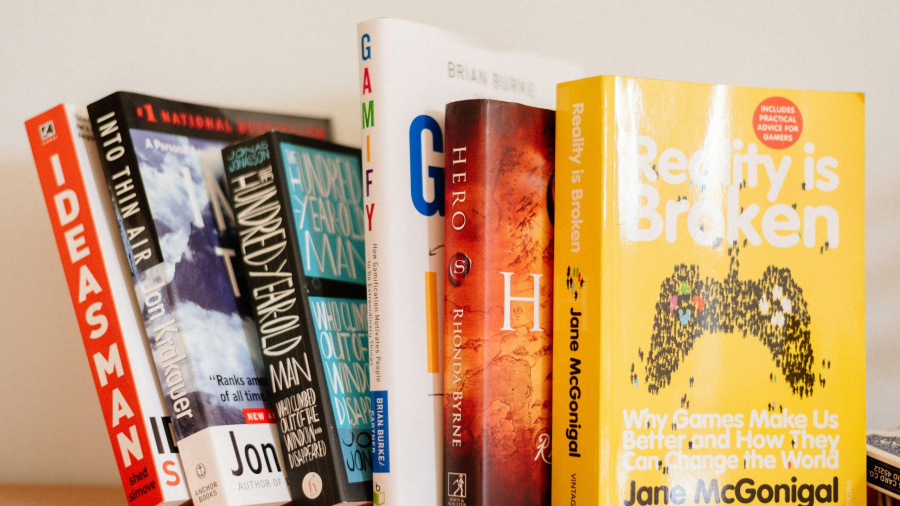Engagement is paramount in learning, and gamification offers a captivating approach to education, enhancing enjoyment and productivity. Let’s explore how gamification can transform learning into an exciting adventure and examine specific examples and techniques.
Understanding Gamification in Education
Gamification in education integrates gaming elements into the learning process to foster engagement and motivation. By incorporating features like scoring, rewards, and interactive challenges, educators can make learning more enjoyable without compromising academic objectives.
Benefits of Gamification in Education
- Enhanced Motivation: Gamification instills a sense of achievement through progress indicators and rewards, motivating students to actively participate and strive for success. Setting attainable goals and celebrating small victories boosts morale and encourages continuous learning.
- Empowerment and Control: Gamified learning empowers students to take control of their education by allowing them to set goals and progress at their own pace. Instead of fixating on grades, students focus on achieving specific levels, fostering a positive and supportive learning environment.
- Effective E-Learning: In the era of digital education, gamification enhances the online learning experience by leveraging interactive platforms and engaging activities. Digital tools such as leaderboards and point systems make online learning more dynamic and enjoyable, catering to diverse learning preferences.
- Personalized Learning Paths: Gamification enables students to customize their learning journey, accommodating individual learning styles and skill levels. By offering personalized challenges and adaptive content, educators can keep students engaged and excited about learning.
- Improved Social Interaction: Gamified learning promotes collaboration and teamwork, encouraging students to communicate and work together towards common goals. Interactive activities foster social interaction, allowing students to develop communication skills and build meaningful relationships with peers and teachers.
Examples of Successful Gamification Strategies
Several educational platforms have successfully implemented gamification strategies to enhance learning outcomes:
- Duolingo: This language-learning app gamifies the learning process by incorporating elements like points, streaks, and rewards, making language acquisition feel like a game.
- Kahoot!: Kahoot! is a popular quiz-based app that transforms classroom learning into a fun and interactive experience. With features like leaderboards and real-time quizzes, Kahoot! promotes engagement and active participation.
- Minecraft Education Edition: This specialized version of the popular sandbox video game allows students to explore, create, and learn in a virtual environment. Minecraft Education Edition is a versatile tool used by educators to facilitate hands-on learning experiences.
Conclusion
Gamification has the potential to revolutionize education by capitalizing on intrinsic motivations for competition, collaboration, and learning. By harnessing the power of gamification, educators can create immersive learning environments that captivate students’ attention and empower them to take ownership of their learning journey. However, it’s essential for educators to strike a balance between gamified elements and individual learning needs to ensure optimal learning outcomes. With thoughtful implementation and adaptation, gamification can unlock the full potential of student engagement and learning success in the digital age.


